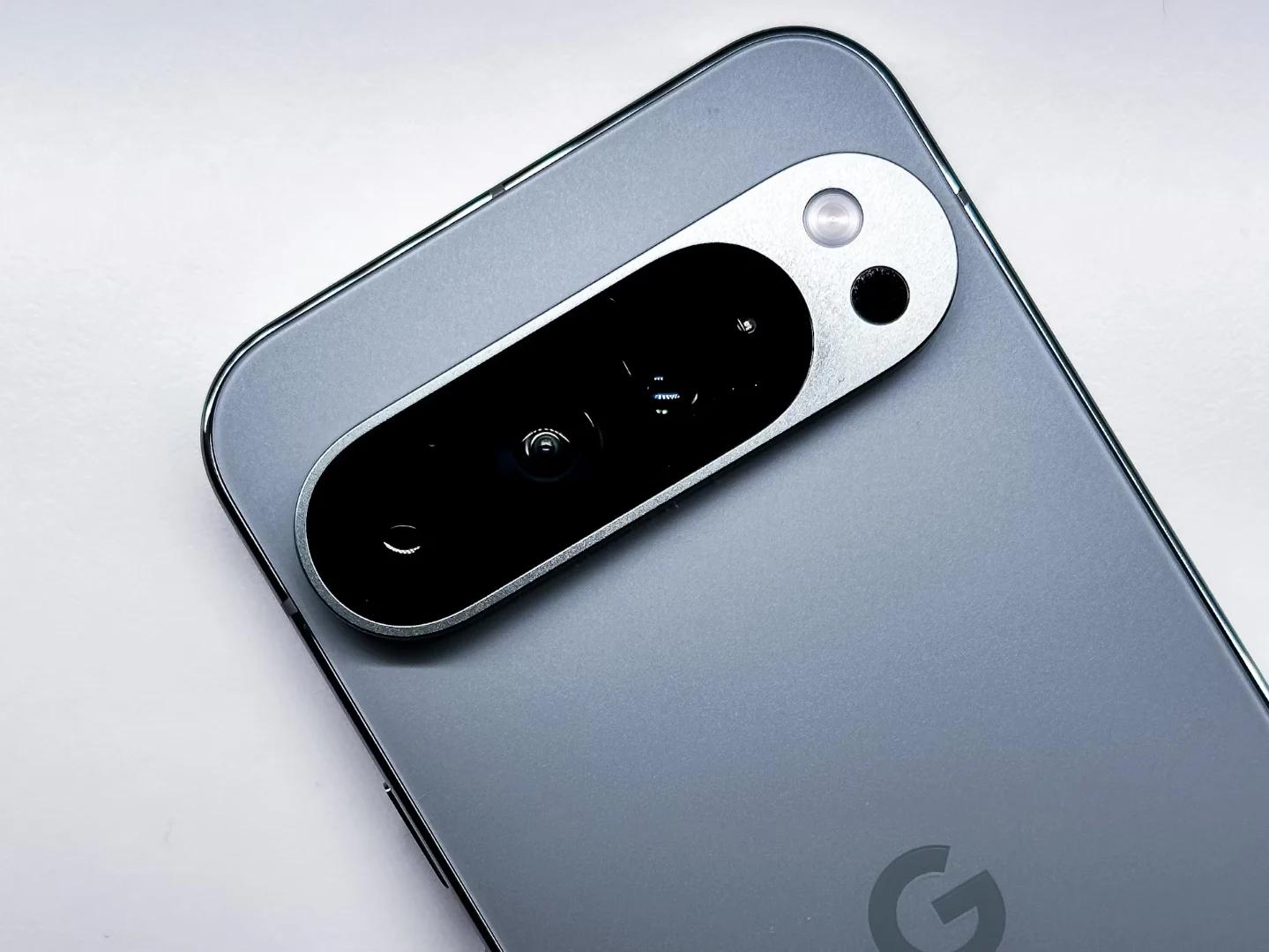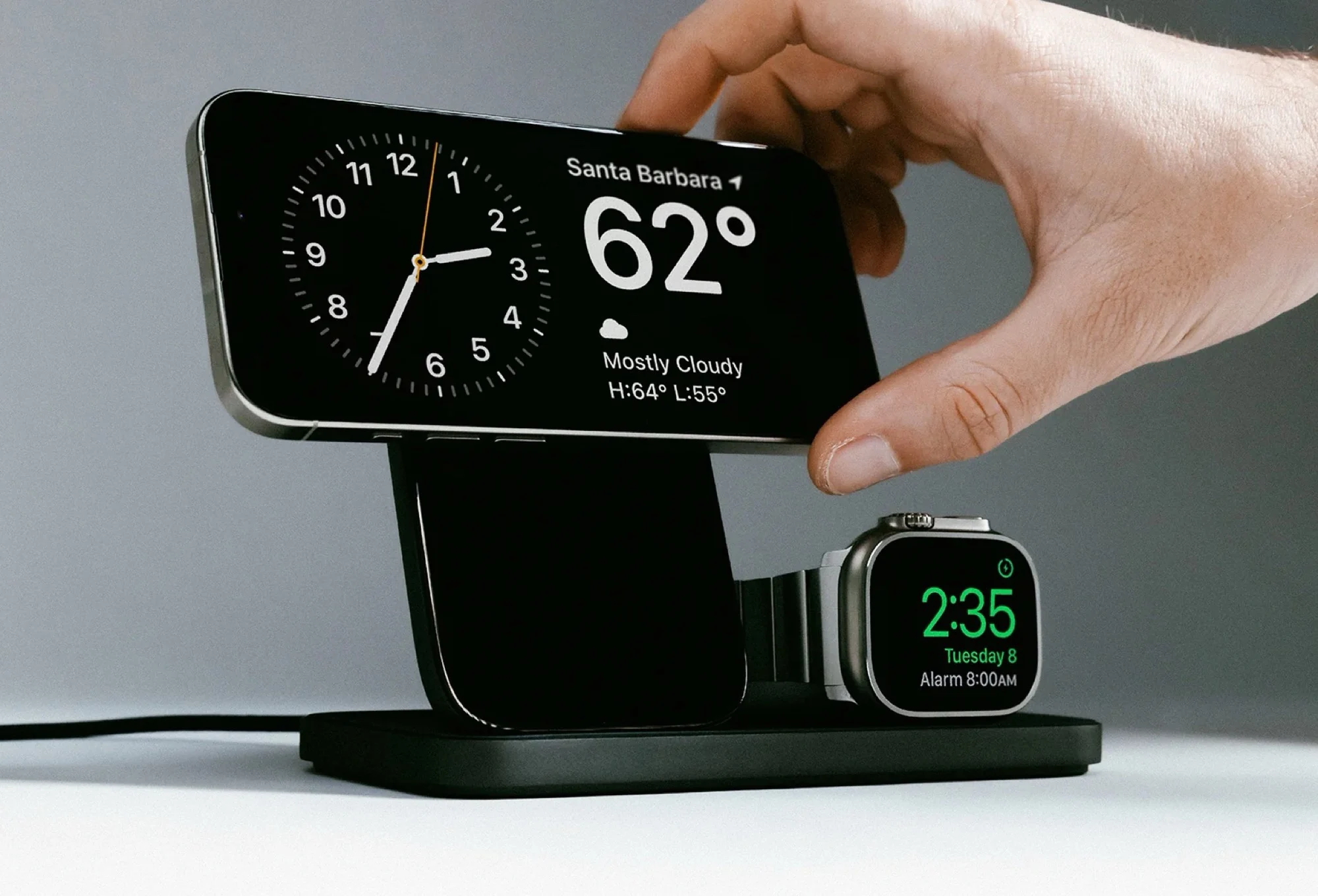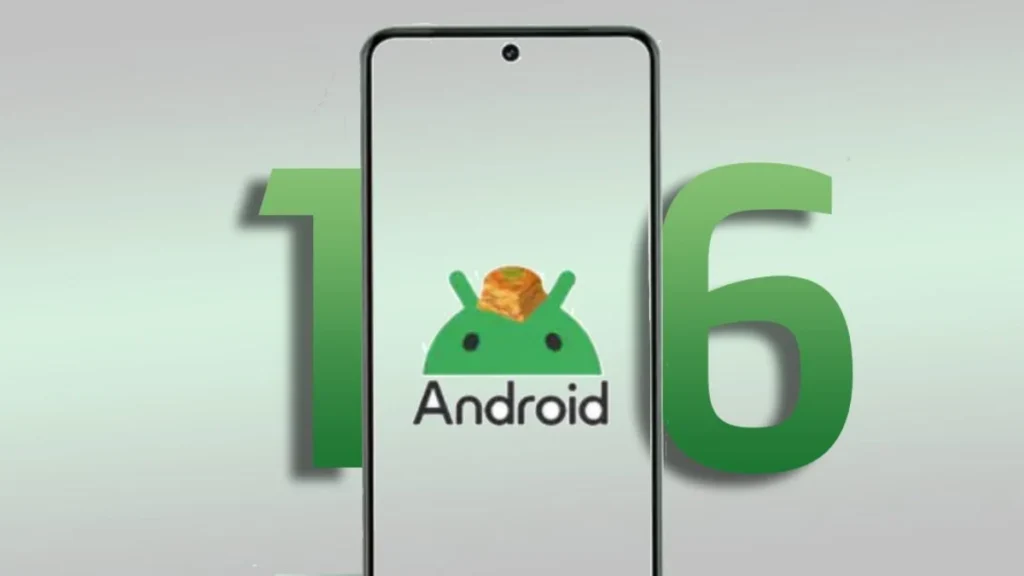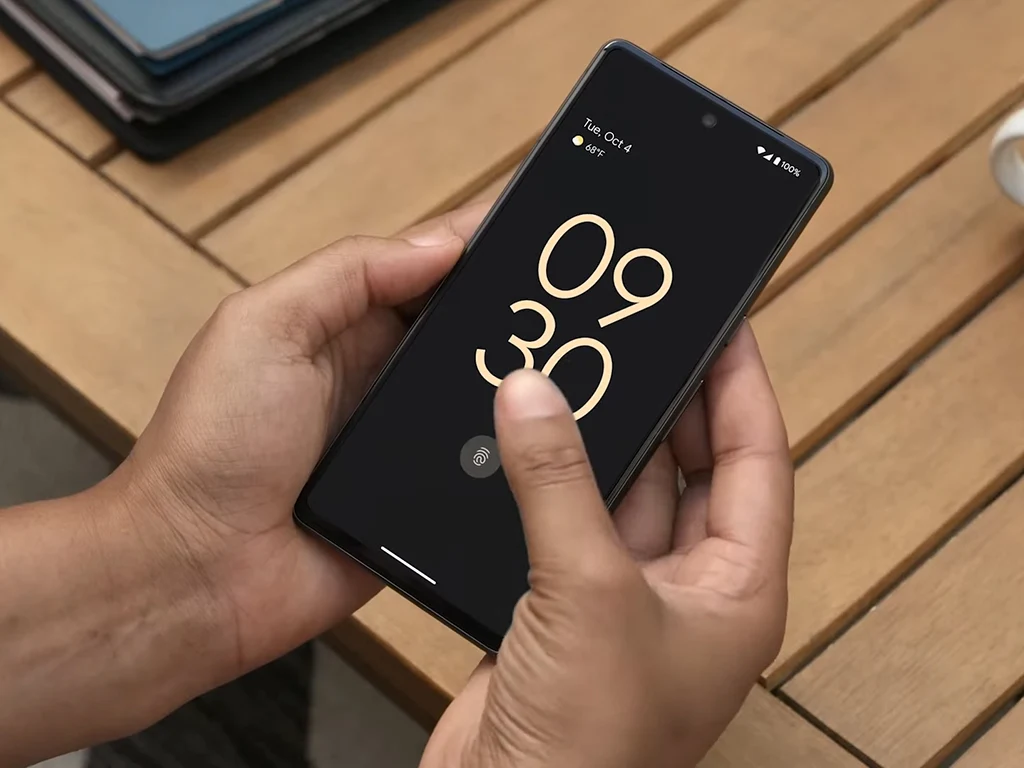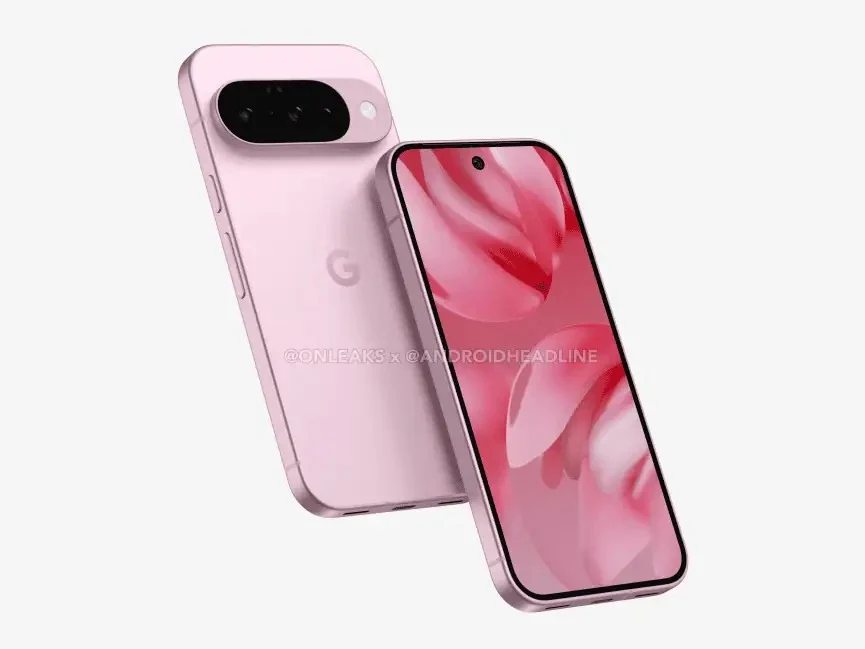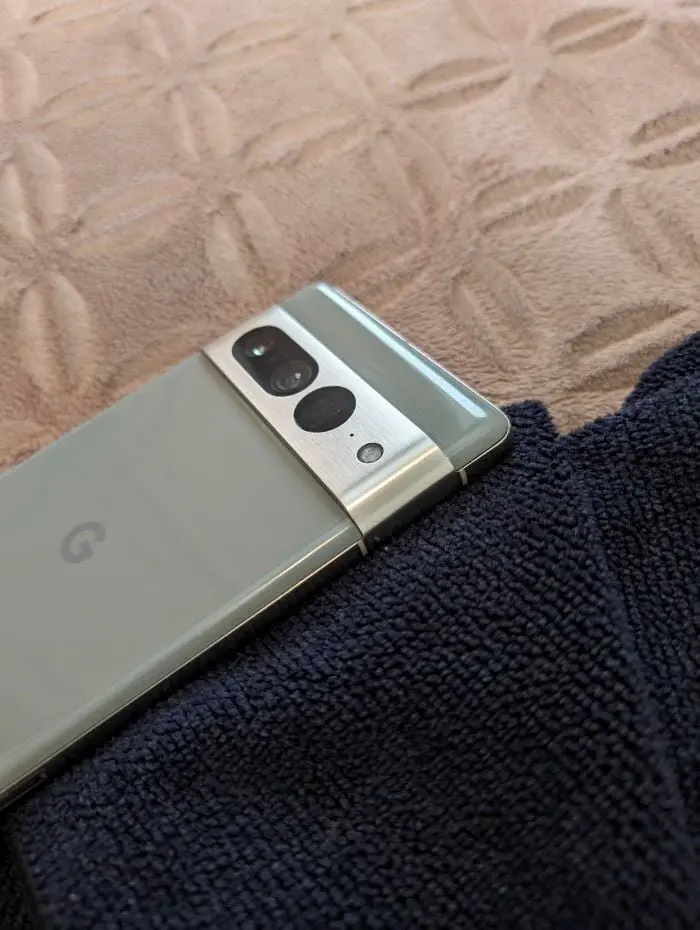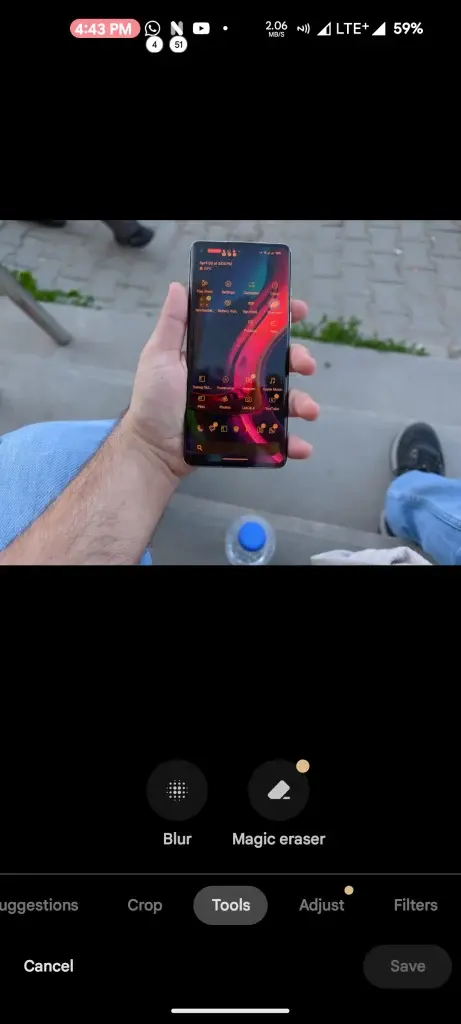Key Takeaways
1. Android 16 will introduce native controls for flashlight brightness, a feature eagerly awaited by Pixel users.
2. The update will utilize a new Flashlight Strength slider in the Quick Settings menu for easy brightness adjustments.
3. This feature enhances Pixel devices’ software capabilities, compensating for average hardware specifications.
4. The built-in solution is expected to debut in mid-2025, offering a significant improvement over third-party apps.
5. Concerns about LED wear at maximum brightness and thermal constraints remain, as the feature is tested in the upcoming release.
Google’s Android 16 is on the verge of launching native controls for flashlight brightness, something that Pixel users have been eagerly anticipating. This new feature, seen in the recent beta version, aims to improve hardware capabilities through a modern Material 3 Expressive layout.
Software Innovation Continues
Google Pixel devices have often relied on software advancements to make up for average hardware specs. The recent beta release of Android 16, which came out last week, keeps this pattern alive with its Material 3 Expressive overhaul. According to a report from the Google News Telegram channel, the Android 16 QPR 1 will finally incorporate flashlight brightness adjustments directly at the operating system level, using APIs that were first introduced in Android 13. These APIs, that were previously used by third-party apps such as FlashDim for adjusting LED brightness, were limited to Google’s own Camera and Magnifier applications.
User-Friendly Interface
The update brings a new Flashlight Strength slider to the Quick Settings menu, which can be accessed by clicking on the right side of a resizable tile. Leaked images display a straightforward toggle and slider user interface, allowing for easy brightness adjustments. This is a welcomed improvement for Pixel users, as the flashlight’s default dim setting, likely a thermal safety measure due to LED cooling, has been seen as a limitation.
While third-party applications have provided alternatives, offering widgets and toggles using the same APIs, Google’s built-in solution, expected to launch in mid-2025, represents a considerable advancement. Nevertheless, using the flashlight at maximum brightness for extended periods can lead to LED wear, which is a caution highlighted in app disclaimers. Additionally, with Android 16 also introducing adjustable Quick Settings tiles, this update could significantly enhance the usefulness of Pixel devices. While the leak mainly pertains to Pixel users, other smartphone manufacturers are likely to embrace this beneficial feature as well.
The Anticipation
So, will this feature truly shine for users, or will it falter due to thermal constraints? The release of QPR 1 should provide the answer.
Source:
Link



